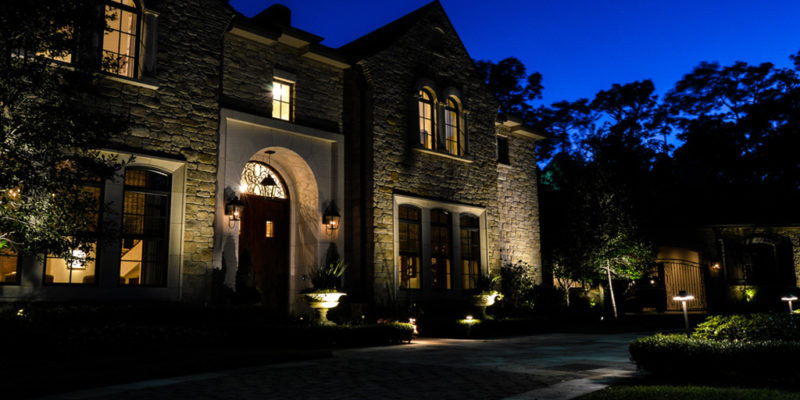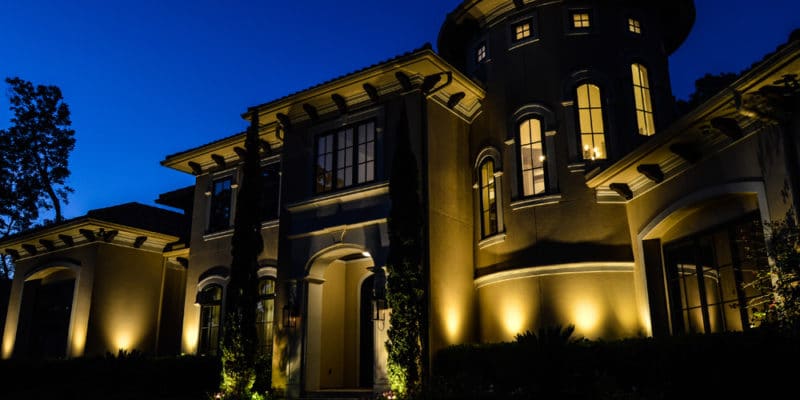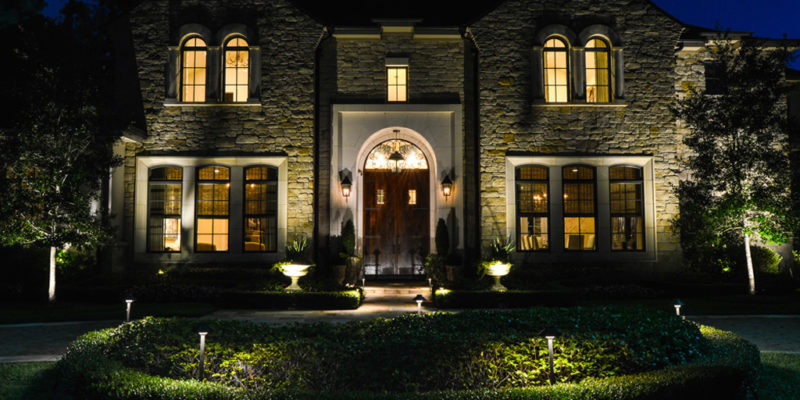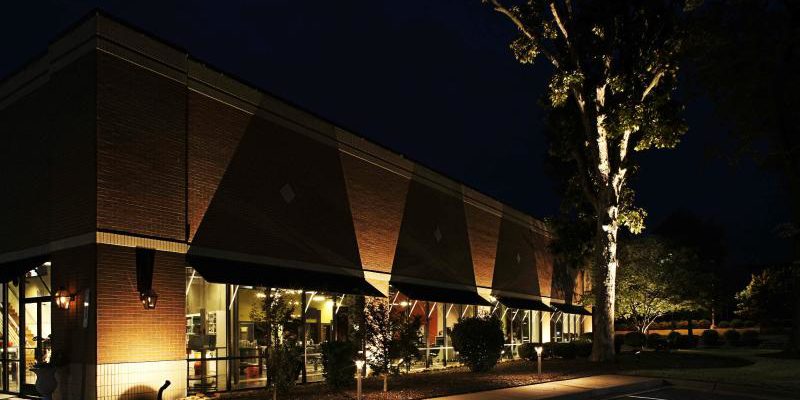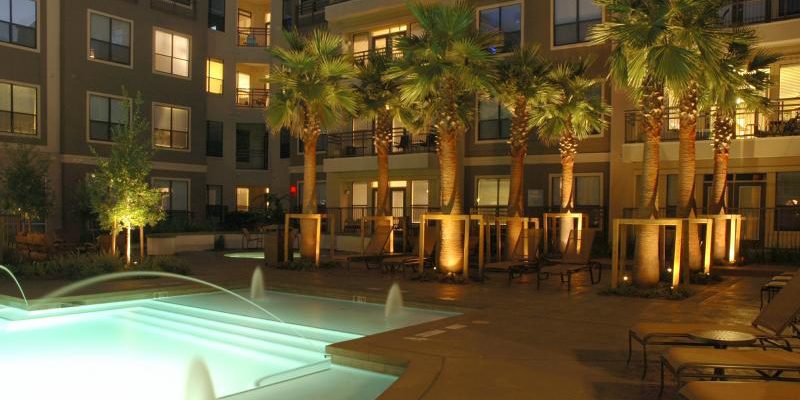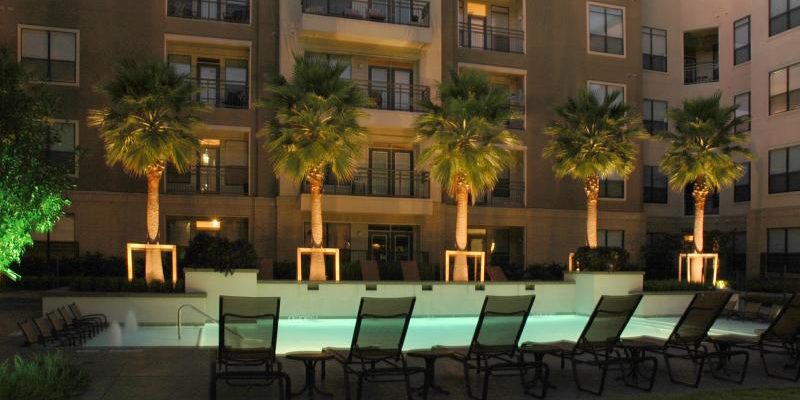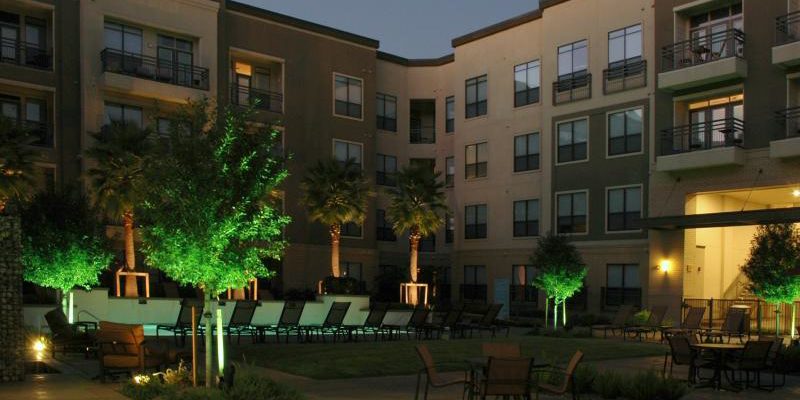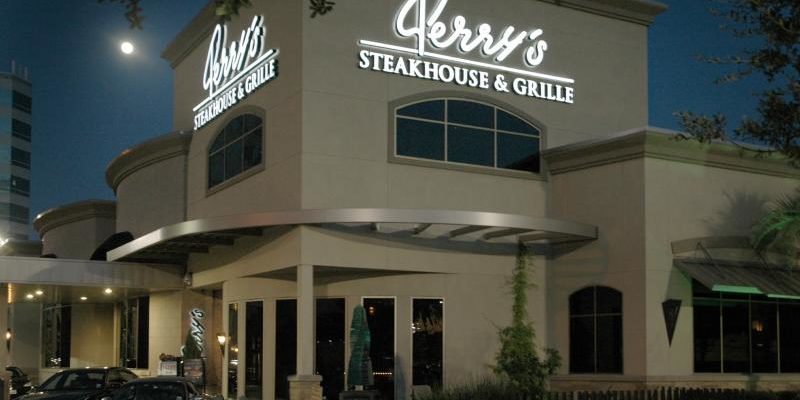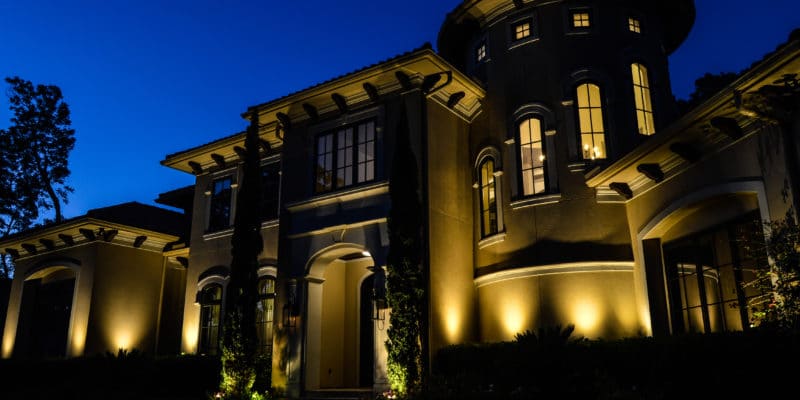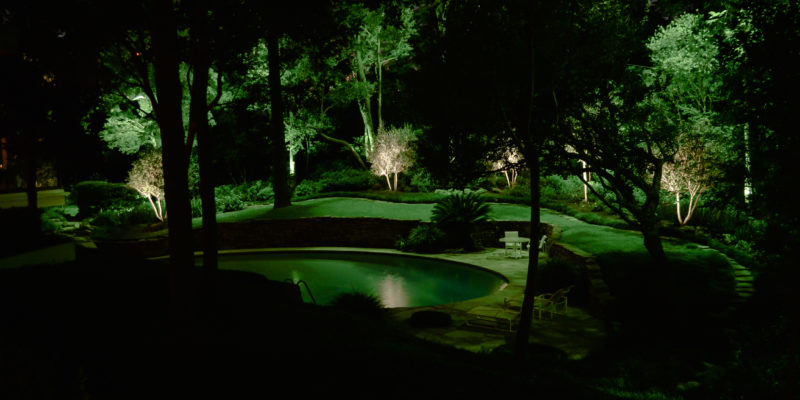Budgeting Tips For Your Outdoor Lighting In Houston
Have you been thinking of upgrading (or installing) your outdoor lighting but still not sure how much to budget for the same? Unless you have plenty of money to spend, proper budgeting is required to make the entire process a success. In addition to the several factors and variables, you have to consider when budgeting for the outdoor lights, the size of the property will determine how many fixtures you will need. A larger property/home will require more fixtures, while a smaller one will only need a few. The more fixtures you need, the more money you’ll have to spend and vice versa.
Working with a designer should help you plan well for the project. Knowing what part of the outdoor lighting is crucial, and those that aren’t as important will help the designer plan well, and even see you save you some money in the process. For instance, are you looking for improved aesthetic appeal or security and safety? Taking into consideration what matters, and the reasons why these have to be installed will also make planning much easier. Focusing on aesthetics means some bit of security might be left out. You could, however, add more fixtures (with available funds) to get a balance of both.
Here are a few options to consider for outdoor lighting:
1. Entryway Lighting
Entryway lighting provides a warm and friendly entry to the house. This type of lighting is prevalent in most homes. This is because it acts as both securities for deterring unwanted guests as well as safety for family and guests.
2. Safety & Task Lighting
This is more of functionality lighting commonly adopted in outdoor patio lighting, stairway lighting, and pathway lighting. These lights help create ambiance while improving safety.
3. Tree lighting Or Up Lighting
These light fixtures are designed to shine from underneath trees and houses.
4. Moonlighting Or Down Lighting
As the name suggests, this lighting technique aims at recreating the moonlight effect on the landscape.
5. Accent Lighting
This type of lighting aims at highlighting distinct features on the landscape. These include garden accents, water features, sculptures, etc.
Control
Are you looking to control the light manually or wish to have a smart system do it for you? Whatever your options are, we can make it happen. We can have the lights installed in such a way that they come on at a specific time of the day/night automatically, hence require minimal to no attention at all. The system turns the lights off automatically to save energy.
The cost of outdoor lighting varies from one property to another. This is however dependent on the size of the property and what fixtures you choose for the same. We can also offer you special offers for the lighting fixtures, hence keep your budget on the low. Our special offers, however, apply for homes or properties of less than 5000 sq. ft.
We at Robert Huff Outdoor Lighting offer a wide range of properties and services ranging from LED landscape lighting, outdoor lighting, and accent lighting in Houston. We can also handle the installations for both residential and commercial areas as well. Contact us or call us today at (713) 861-2000 for a free estimate.
